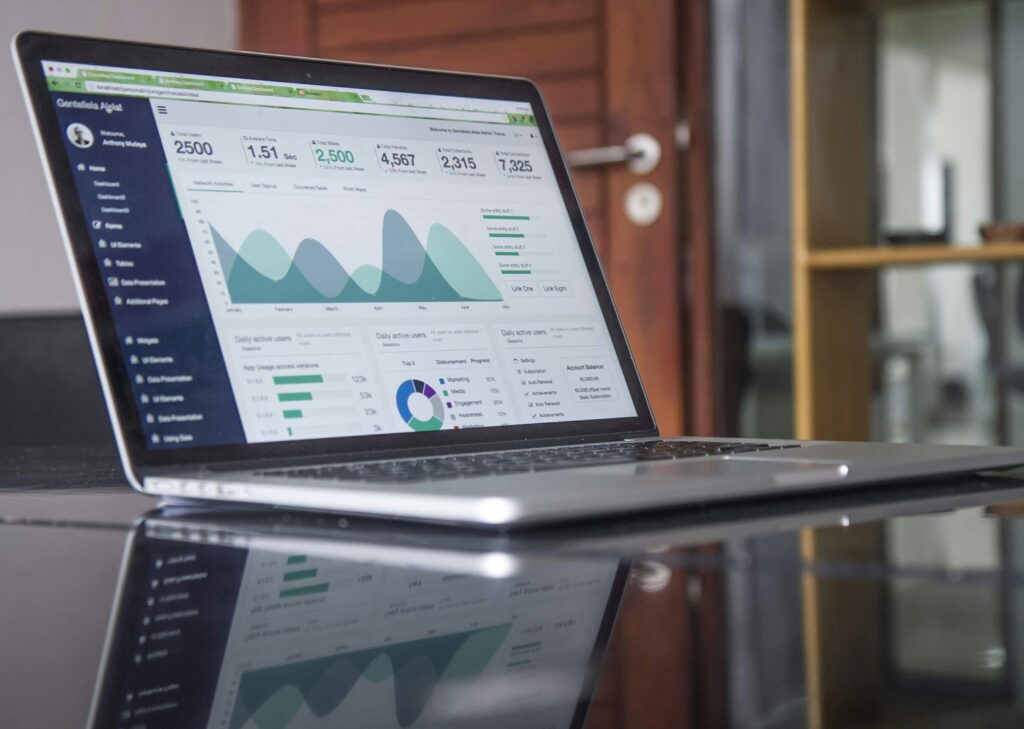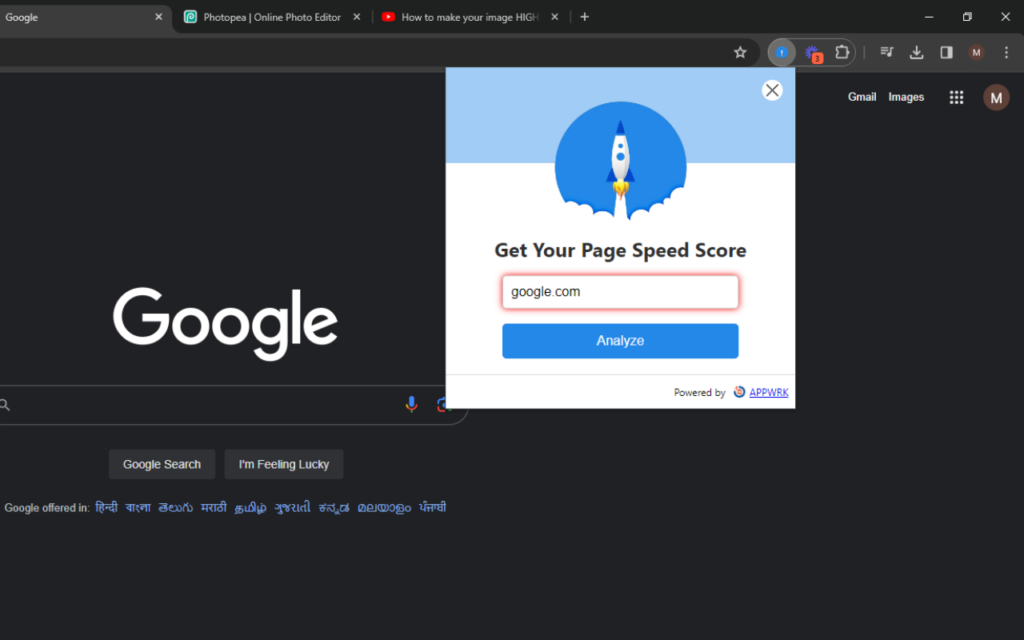
Website speed is critical for maintaining a successful online presence. Slow loading times can frustrate visitors and negatively affect user experience, engagement, and even SEO rankings.Therefore optimizing your site’s speed should be a priority. In this article, we’ll explore how to increase website speed:tips and practices that will help improve your website’s performance and enhance its overall effectiveness.
Importance of Website Speed for User Experience
Website speed plays a huge role in how visitors interact with your site. Imagine landing on a page and waiting forever for it to load,frustrating, right? Slow websites can drive users away before they even see what you’ve created. If you’re wondering how to create a portfolio website design, speed should be at the top of your list.
First Impressions Matter
When someone visits your website, the first impression counts. If it takes too long to load, users might just leave. A fast website shows that you’re professional and serious about delivering a smooth experience. Your portfolio deserves that spotlight,therefore learning how to increase website speed,the tips and practices should be prioritized.
Boost Engagement and Retention
The faster your website loads, the more likely users are to stay and explore your content. Whether it’s showcasing your work or describing your services, a quick-loading site ensures they don’t bounce off to a competitor. If you’re unsure about how to create a website design that loads quickly, remember: speed and performance are key.
A Positive User Experience Equals Success
A fast website enhances the user experience and encourages visitors to spend more time on your site. Plus, it can improve your SEO rankings, making it easier for people to find your website. Whether it’s art, design, or photography, speed ensures that your creative work is presented in the best light.
Simple Steps to Optimize Your Site’s Load Time
Optimizing your website’s load time is simpler than you might think. By following a few straightforward steps, you can significantly speed up your site and ensure a better user experience. These tips will help you get started!
1. Compress Images for Faster Loading
One of the easiest ways to speed up your portfolio site is by compressing images. Large, high-quality images are a must for showcasing your work, but they can also slow down your site. Using tools like TinyPNG or ImageOptim will help reduce file size without sacrificing quality. Your visitors will thank you for the quicker load time!
2. Minify Your Code
Another great way to speed things up is by minifying your code. Whether it’s CSS, JavaScript, or HTML, removing unnecessary spaces and characters can help reduce file size. This simple step can make a big difference in your site’s load time, allowing your portfolio to shine without the lag.
3. Use Caching to Improve Speed
Caching is like giving your website a memory boost! By enabling caching, browsers can save static content like images and stylesheets, so they don’t have to be downloaded each time. This simple trick makes your portfolio site load faster for return visitors. Plus, it’s an easy way to improve user experience and performance.
By incorporating these steps into your design, you’ll create a smoother, faster experience that keeps users engaged and ready to explore your work!
Tools for Measuring and Analyzing Website Speed
Measuring and analyzing your website’s speed is crucial to ensure your site performs well. Luckily, there are many tools that make this process easy and accessible. If you are looking to measure and analyze your website speed both fast and efficiently, these tools will help you get the data you need!
1. Google PageSpeed Insights
Google PageSpeed Insights is one of the most popular tools for checking your website’s load time. It not only gives you a score based on speed but also provides suggestions to improve performance. Whether you’re building a portfolio site or a blog, this tool is a must-have for understanding your speed score and optimizing it.

Read more about Google PageSpeed Insight Here
2. GTmetrix
GTmetrix is another great tool to help you analyze your website speed. It combines Google PageSpeed and YSlow scores to give a detailed report on how your site is performing. With GTmetrix, you can see exactly what’s slowing down your site and get actionable insights on how to improve.
3. Pingdom
Pingdom is an easy-to-use tool that provides a detailed performance overview of your website. It also breaks down load time by different components, such as images, scripts, and stylesheets. This makes it perfect for identifying slow areas in your site and improving your page speed for a better user experience.
By using these tools, you’ll be able to pinpoint exactly what’s slowing down your portfolio site and make improvements.
How Speed Affects SEO Rankings and Conversion Rates
Learning how to increase your website speed, the tips and practices doesn’t just impact how your site looks—it also plays a huge role in SEO rankings and conversion rates.. Optimizing your site’s speed is one of the best things you can do.Here is how speed affects SEO ranking and conversion rates.
1.Boost Your SEO with Faster Load Times
Search engines, like Google, take website speed into account when ranking sites. A fast website is more likely to rank higher, while a slow one can be buried deep in search results. If you want your website to be discovered, speed should be a priority in your web design process.
2.Increase Conversion Rates with Quick Load Times
Speed also directly impacts how many visitors convert into clients or customers. If your site loads slowly, potential clients might leave before they even get a chance to see your work. A fast site, on the other hand, keeps users engaged and encourages them to explore more of what you offer.
3.User Experience = Success
Ultimately, a fast site means a better user experience, which directly affects both your SEO rankings and your conversion rates. So, if you’re looking to create a website that not only impresses but also attracts more clients, speed is key.
Conclusion:
Improving your website’s speed is essential for both user experience and SEO performance. By using simple techniques like compressing images, minifying code, and utilizing caching, you can significantly boost your site’s load time. Moreover, tools like Google PageSpeed Insights and GTmetrix offer valuable insights to track and analyze performance. Remember, a faster website doesn’t just look better—it increases engagement, boosts SEO rankings, and enhances conversion rates.
Therefore this article should serve as a guide on how to increase website speed:tips and practices.

Pingback: best online learning platforms in 2025 -